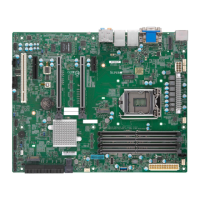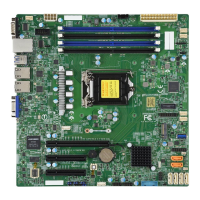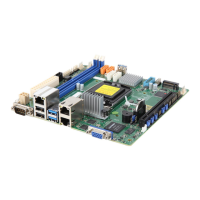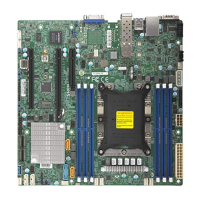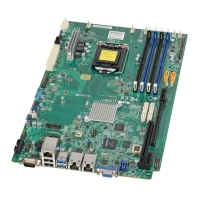17
Chapter 1: Introduction
1.2 Processor and Chipset Overview
Built upon the functionality and capability of the Intel® Xeon E-2100 and 8th Gen Core i7/i5/
i3, Pentium, Celeron processor along with the C246/Q370 chipset, this motherboard provides
superb system performance, efcient power management, and a rich feature set based
on cutting edge technology to address the needs of next-generation computer users. This
motherboard is optimized for medical, surveillance, digital signage, DVR/NVR, POS, ofce
server and network security applications..
The Intel Xeon E-2100 and 8th Generation Gen i7/i5/i3 processor along with the C246/Q370
chipset support the following features:
• Intel Rapid Storage Technology
• Rich set of available IOs, full exibility in usage model, and software stack
• Dedicated subsystems for customer innovation
• Integrated solution for real-time compression, streaming write & read performance in-
creases from gen-to-gen
• Hot plug and enclosure management with Intel Volume Management Device (Intel VMD)
• Single standard server development (Accelerate NFV transition) consolidating application,
control, and data plane workloads, reducing total platform investment needs
1.3 Special Features
This section describes the health monitoring features of the X11SCZ-F/Q motherboard. The
motherboard has an onboard ASpeed 2500 Baseboard Management Controller (BMC) that
supports system health monitoring.
Recovery from AC Power Loss
The Basic I/O System (BIOS) provides a setting that determines how the system will respond
when AC power is lost and then restored to the system. You can choose for the system to
remain powered off (in which case you must press the power switch to turn it back on), or
for it to automatically return to the power-on state. See the Advanced BIOS Setup section
for this setting. The default setting is Last State.

